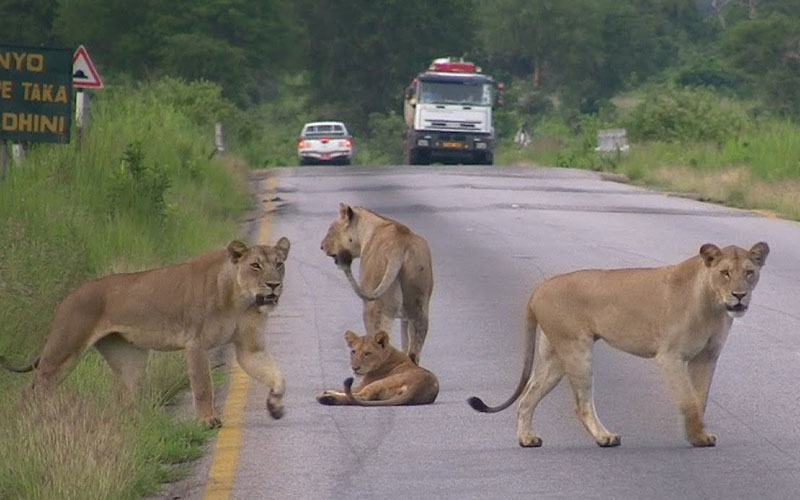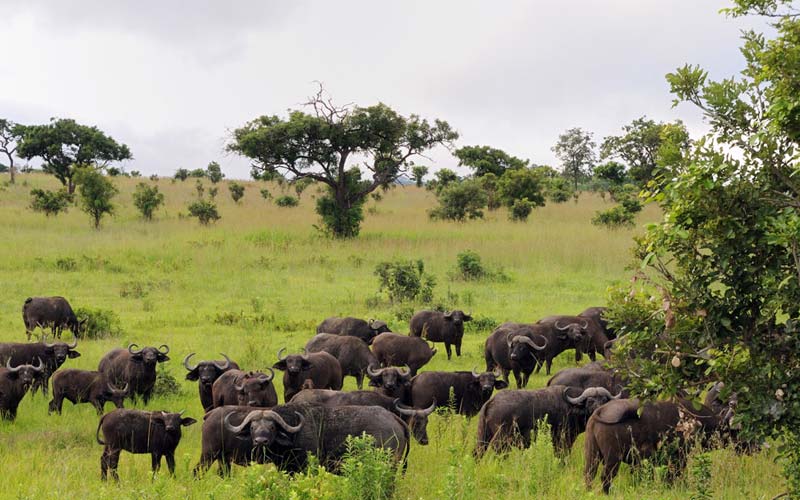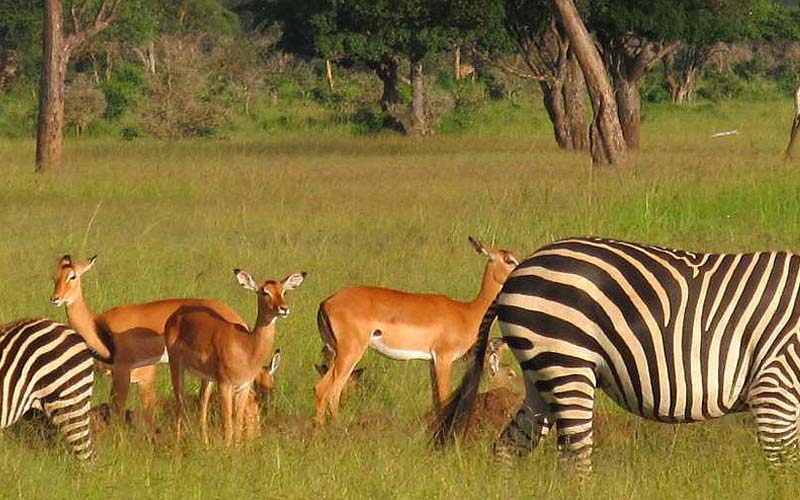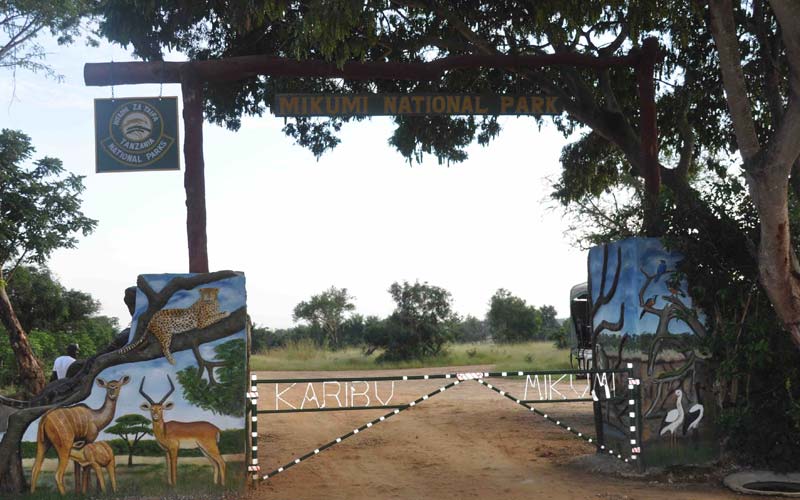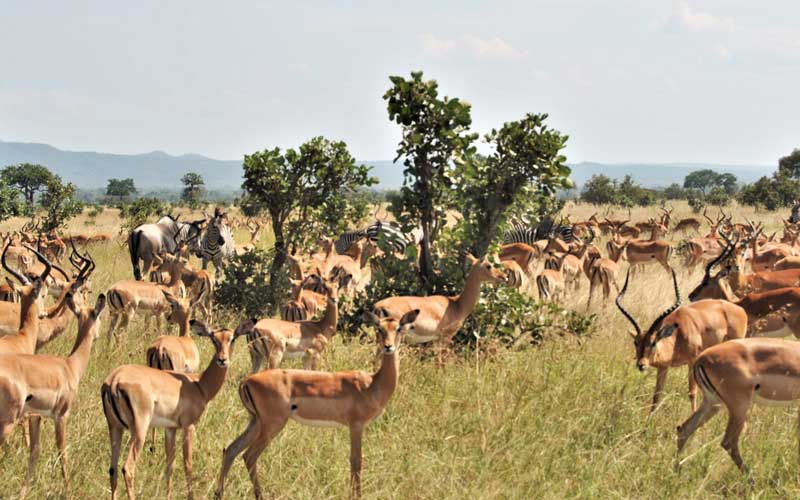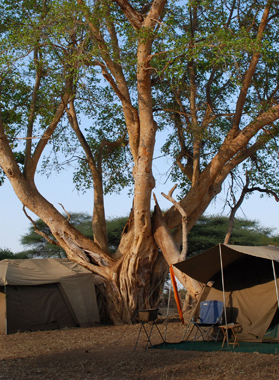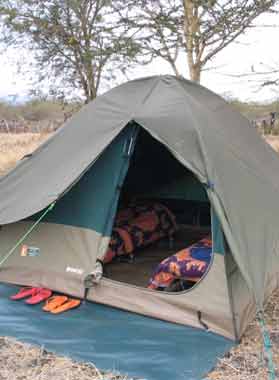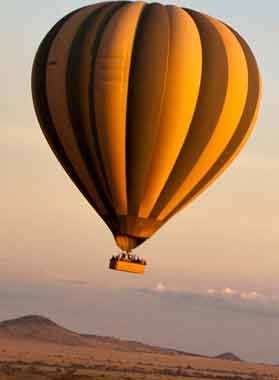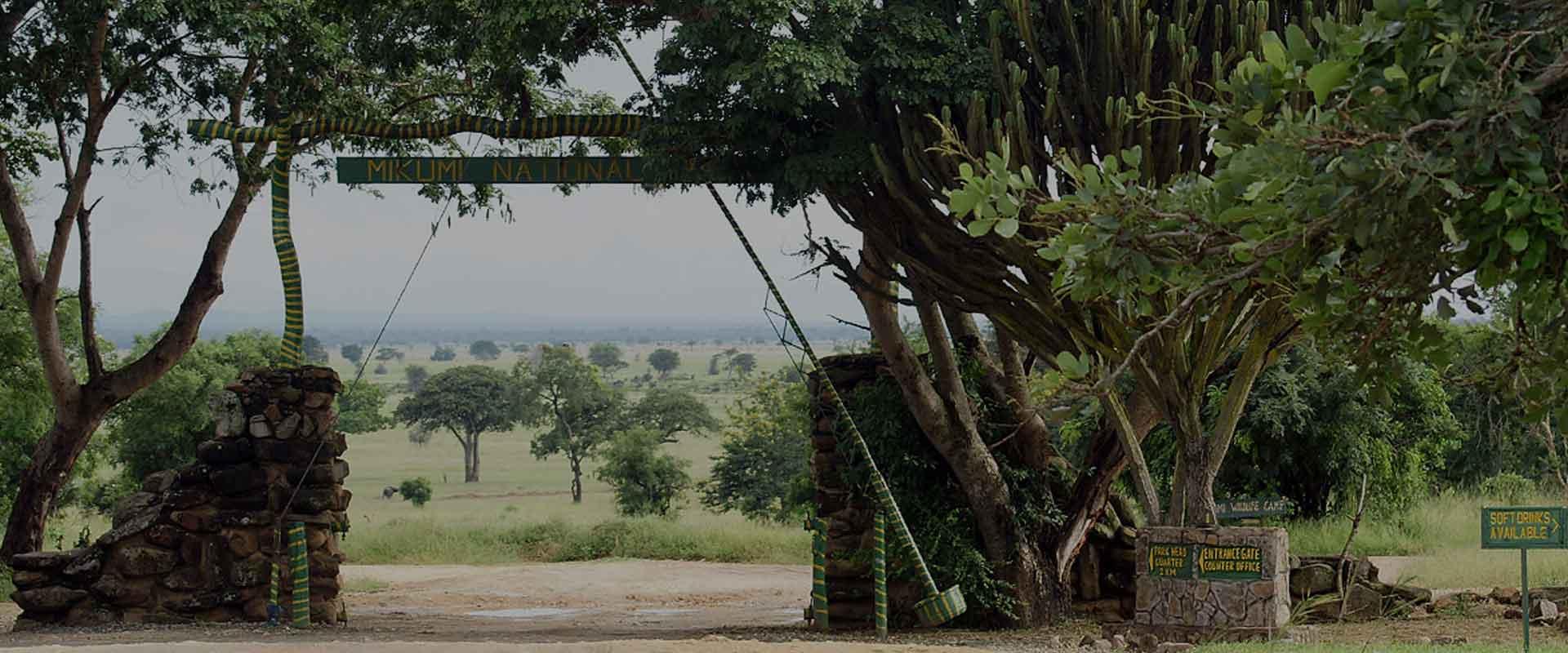
Mikumi National Park
Season And Climate
Mikumi experience uniform conditions as a result of its equatorial area. The months of the Dry season (June to October) are among the coolest. This is especially valid for the higher elevations, in spite of the fact that these are for the most part distant to travelers. The Wet season (November to May) is muggy and hot, particularly in the end a long time of the year.
How To Get There
You can visit Mikumi to Dar es Salaam through Morogoro by road and it's around a 4-hour drive. There is also road linking with Udzungwa, Ruaha, and Selous. You can reach from Dar es Salaam, Arusha, and Selous can in like manner be planned. There are in like manner close-by transports that continued running from Dar es Salaam to stop focal station where the game drives can be coordinated.
Activities
- Game drives
- Walking safari
- Aerial safari
Highlights
- Mkata Floodplain in the park is the most strong spot in Tanzania for sightings of the unfathomable eland, the world's greatest gazelle.
- Animals move between the Mikumi National Park and the Selous Game Reserve.
- You can discover packs of imperiled wild mutts wandering in Mikumi.
Pros and Cons
Pros
- Great sightings of less basic Impala, for instance, eland, increasingly conspicuous kudu, and sable
- A guided walking safari is available
- Astounding mid-extend lodges accessible
- In travel to better alluded to parks in the south, for instance, Selous and Ruaha
Cons
- One and just road circuit open to voyagers
- Creatures are scattered in the midst of the Wet season, and a couple of lodges are closed from March to May
Overview
Laying between the Rubeho and Uluguru mountasins, the park is picturesque at everytime of the day and the beautiful sight of the sunrise and sunset can sure mesmerize your adventure.The wildlife concentration in Mikumi is remarkably high, more than 15000 larger mammals roam the area.
Mikumi National Park, situated in Morogoro area, in the South of Tanzania, is the most open park from Dar Es Salaam, the business capital of Tanzania. The park takes its name from the National language "Kiswahili" for the Borassus palms (Borassusflabellifer) which once developed there in bounty in the fields that encompass the stream Mkata. The park imparts one biological system to Selous, making animals like (elephants, bison, and Zebras) relocate to and from the northern piece of the save into the park. The open skylines and copious wildlife of the Mkata Floodplain, the well-known highlight of Mikumi, attract visit correlations with the more acclaimed Serengeti Plains.
Lions review their verdant kingdom – and the zebra, wildebeest, impala and bison groups that relocate crosswise over it – from the straightened highest points of termite hills, or here and there, during the downpours, from roosts high in the trees. Giraffes rummage in the confined acacia stands that periphery the Mkata River, islets of shade supported likewise by Mikumi's elephants. Mismatched by a decent circuit of game-review streets, the Mkata Floodplain is maybe the most solid spot in Tanzania for sightings of the elusive eland, the world's biggest antelope. The similarly noteworthy greater kudu and sable impala frequent the miombo-secured foothills of the mountains that ascent from the park's fringes. In excess of 400 feathered creature species have been recorded, with such vivid normal occupants as the lilac-breasted roller, yellow-throated longclaw and bateleur falcon joined by a large group of European transients during the blustery season. Hippos are the star fascination of the pair of pools arranged 5km north of the fundamental passageway entryway, bolstered by a regularly changing cast of waterbirds.
Information
Suggested Itineraries
Need a more customised exprience?
We will make it happen.
Arusha Office:
- Phone: +255 784 162 038
- Email: info@faceafricaadventures.com
- Address: Moivo Olorein Ppf, Block 668 Agm Street Arusha Tz, 23100
USA Office:
- Skype: raydigiacomojr
- Email: sales@faceafricaadventures.com
- Address: Laguna Beach, California,
Enquiry Now
"We love hearing from you.So if you have any comments,questions,queries,or you just want to say hello,please get in touch with us".



.avif)


